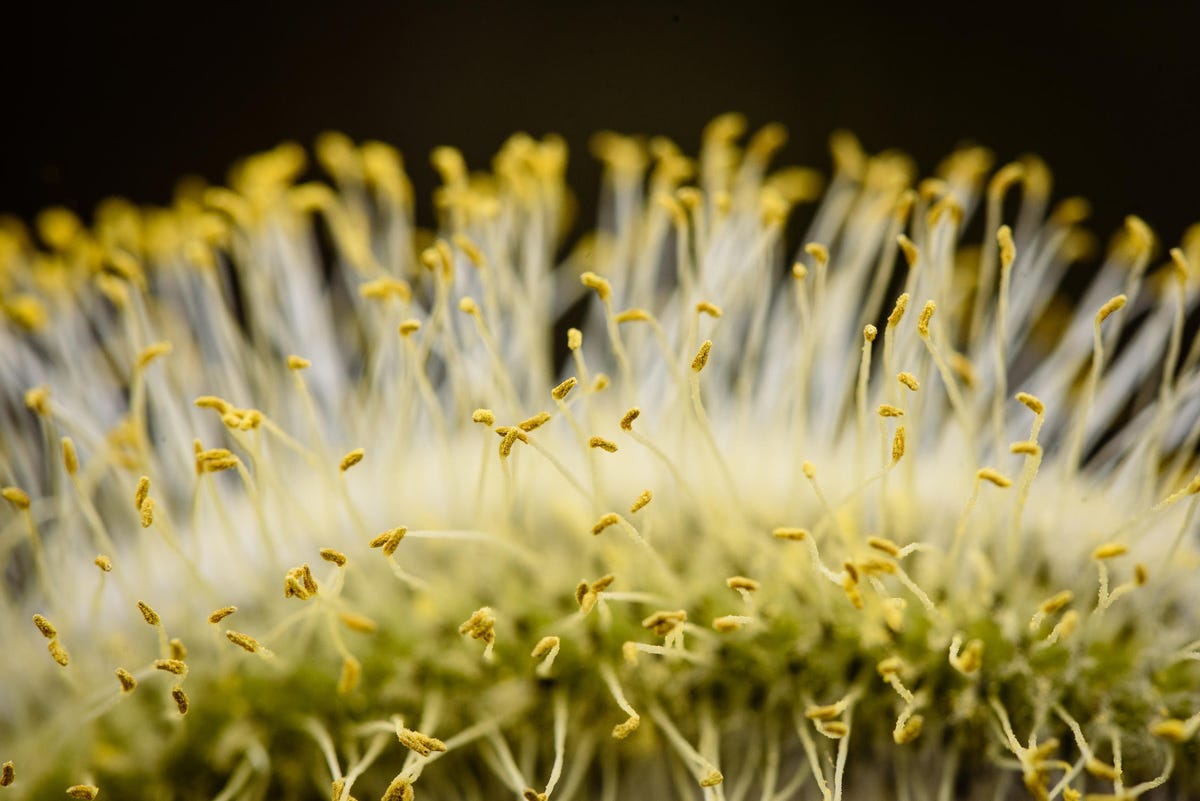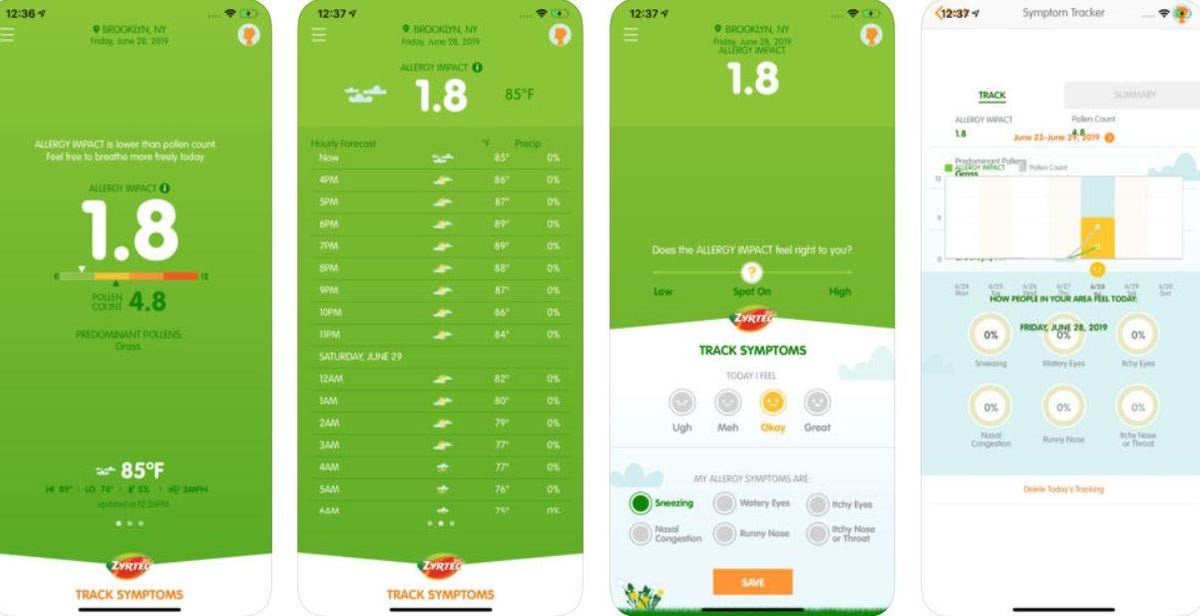Hay fever, allergic rhinitis, seasonal allergies; whatever you call them, allergies are a shared experience for many people, especially during the spring and summer months.
Up to 60 million people in the US may have symptoms of allergic rhinitis each year, according to the Centers for Disease Control and Prevention. Nasal symptoms are caused by your body’s overreaction to allergens it perceives as a threat. Symptoms can include sneezing, runny nose and congestion.
Pollen, spread in the air by plants as part of their reproductive cycle, is often the trigger for people with seasonal allergies. What types of pollen are around, and how much, can depend on where you live. In addition to affecting the nose, pollen can cause inflammation in the eyes and other places. Seven out of 10 people who experience nasal allergy symptoms (allergic rhinitis) will also experience itching, red or watery eyes, according to the CDC.
Thanks to pollen and the other tiny particles that cause us inflammation, seasonal allergies are here to stay. Think you have them? See how your symptoms match up against these four big signs.
Read more: 3 Easy Ways to Make Allergy Season Less Horrible
1. You’ll probably have these common symptoms
If you think of sneezing, wheezing and watery eyes when you think of seasonal allergies, you’d be on the right track. There’s a good chance you have seasonal allergies if you experience any of the following symptoms:
- Frequent sneezing
- Watery or itchy eyes
- Runny nose
- Congestion in your nose, ears or chest
- Postnasal drip
- Itchy throat
- Puffy eyelids

Most seasonal allergies are caused by pollen from trees, grasses and weeds. If you have winter allergies, you’re probably allergic to an indoor allergen like dust mites.
2. You might also have these less common symptoms
The symptoms above are extremely common, but your allergies might show up differently. These less common symptoms may also indicate seasonal allergies:
- Wheezing
- Coughing
- Sudden lack of exercise endurance
- Mild headache
3. You probably don’t have these symptoms
Remember, some of the symptoms in the first two sections may also be symptoms of a cold or the flu, so if you feel under the weather, you should visit your doctor or get tested for COVID-19. A runny nose and sneezing, in particular, are common allergy symptoms and common symptoms of COVID-19.
If you’re experiencing any of these symptoms, there’s a good chance you have a cold, COVID-19 or another virus:
- Fatigue
- Aches and pains throughout your body
- Weakness
- Severe headache
- Sore throat (different from the itchiness caused by allergies)

If you know you’re allergic to pollen, you can try an app like Zyrtec AllergyCast to check the pollen counts and see if it’s a good idea (or not) to go outside.
4. Your symptoms might only show up at certain times
If you have seasonal allergies, your symptoms should arise and go away around the same time each year. For most people, seasonal allergy symptoms begin in the spring and end in the fall. Depending on your allergy triggers, you may experience allergic rhinitis in any of the four seasons. Here’s a rundown of plants that commonly cause seasonal allergies:
Spring:Tree pollen, particularly from oak, elm, birch, cedar, willow, poplar, horse chestnut and alder trees.
Summer: Grasses, such as ryegrass, Kentucky bluegrass, Timothy grass and Bermuda grass.
Fall: Pollen from weeds is the main concern in the fall months. Many people are allergic to the pollen in ragweed, tumbleweed, pigweed, sagebrush, Russian thistle and other plants.
Winter:Most people find that their allergies go dormant during the winter months because most plants don’t pollinate during winter. If you still get watery eyes and a runny nose during cold weather, you might be allergic to indoor allergens, such as dust mites, mold or pet dander.
How to treat seasonal allergies
In most cases, an over-the-counter antihistamine and decongestant will do the trick. If you have severe allergies, your doctor may prescribe a nasal steroid spray or allergy shots to dampen symptoms.
It’s always a good idea to try your best to avoid your allergy triggers, but that doesn’t mean you have to hole up inside with a box of tissues. To get less exposure to your allergens:
- Keep your windows shut when your allergies are active.
- Use an air purifier if you’re sensitive to indoor allergens.
- Wear a dust mask while doing yard work.
- Check your local weather network for pollen forecasts.
- Take a shower and wash your hair at the end of each day to get rid of pollen that is attached to your clothes, hair and skin.




















+ There are no comments
Add yours